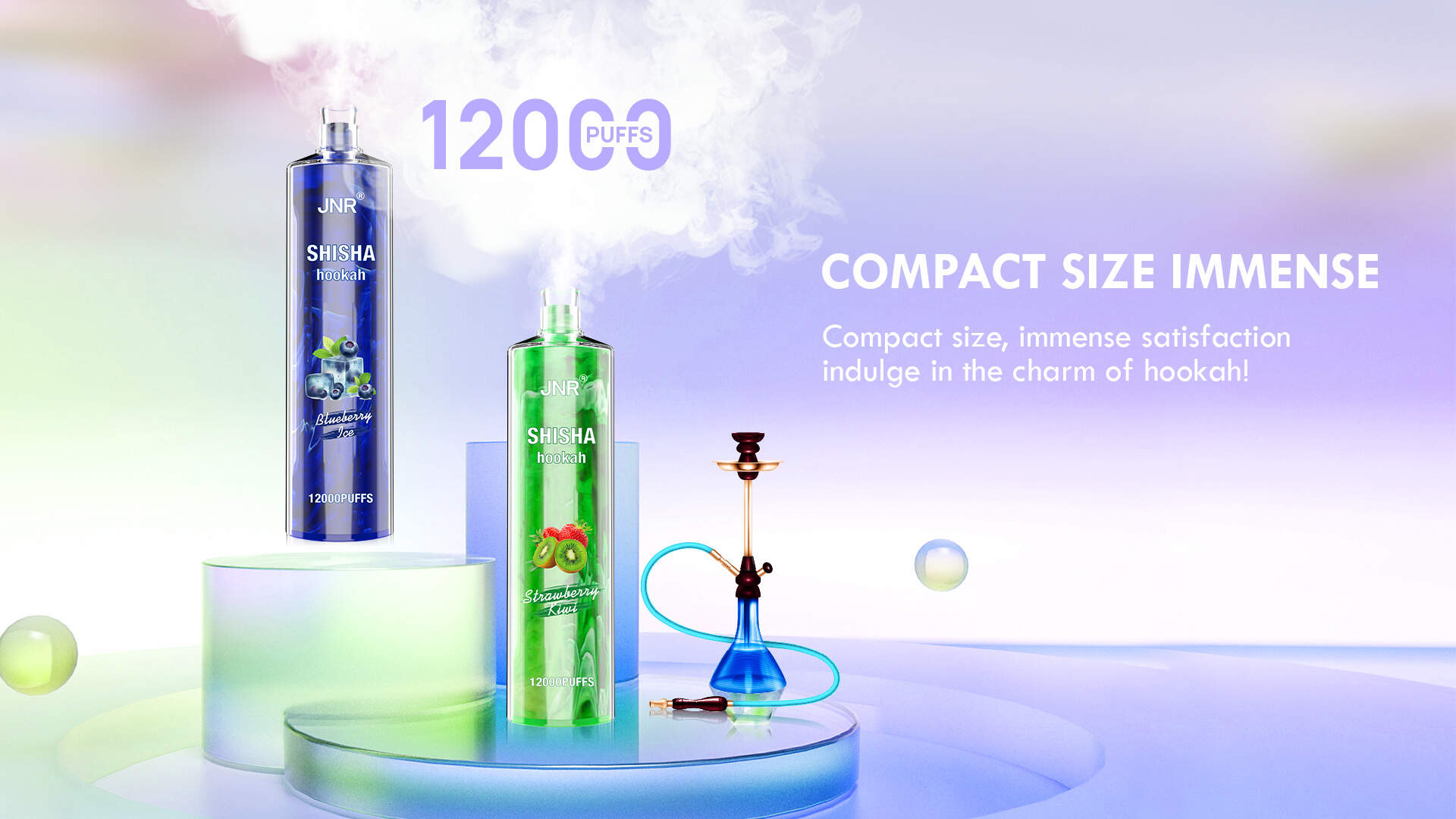

Nicotine, the primary addictive substance found in tobacco products, has been a topic of much discussion and debate for decades. With the rise of vaping, nicotine consumption has entered a new era, bringing with it both enthusiasm and concern. One of the key aspects of this discussion is the nicotine content in various products, with 50 mg of nicotine being a frequently mentioned figure. But what does 50 mg of nicotine mean in practical terms, and what are its implications for users? Let's dive into the world of nicotine to understand this better.
To grasp the significance of 50 mg of nicotine, it's essential to understand nicotine dosage and its effects. Nicotine dosage is often expressed in milligrams (mg), representing the amount of nicotine in a particular product or dose. In the context of vaping, this typically refers to the concentration of nicotine in the e-liquid.
When we say 50 mg of nicotine, we're usually talking about the concentration of nicotine per milliliter (ml) of e-liquid. This means that in one milliliter of e-liquid, there are 50 milligrams of nicotine. This concentration is relatively high, particularly when compared to traditional cigarettes or lower-strength e-liquids.
The Potency of 50 mg of Nicotine
To put 50 mg of nicotine into perspective, consider traditional cigarettes. On average, a cigarette contains about 10–12 mg of nicotine, but only about 1-2 mg is absorbed by the body with each cigarette smoked. In contrast, vaping a 50 mg/mL nicotine e-liquid delivers a much more potent dose. Vapers using such high-concentration e-liquids typically consume less liquid per session than those using lower concentrations, but the impact is still substantial.
High nicotine concentrations, like 50 mg/mL, are often found in nicotine salts, a type of nicotine used in e-liquids that allows for smoother inhalation at higher strengths. This can be appealing to those who are transitioning from smoking to vaping, as it provides a nicotine hit that is closer to the experience of smoking a cigarette.
The Effects of 50 mg of Nicotine
Nicotine, regardless of the source, has a range of effects on the human body. At 50 mg/mL, these effects can be pronounced. Nicotine acts as both a stimulant and a relaxant, creating a feeling of alertness and relaxation simultaneously. For new users or those with low tolerance, 50 mg of nicotine can lead to dizziness, nausea, and even nicotine poisoning if consumed excessively.
For seasoned smokers or vapers, this concentration can satisfy cravings more effectively than lower doses. However, it's important to note that high levels of nicotine can lead to increased dependence. The addictive potential of nicotine is well-documented, and using high concentrations can heighten the risk of developing or maintaining a nicotine addiction.
Considerations for Use
When contemplating the use of 50-mg nicotine products, several factors should be considered:
1. Tolerance Levels: Users should assess their own tolerance to nicotine. Those new to vaping or with a low tolerance should start with lower nicotine concentrations to avoid adverse effects.
2. Purpose of Use: For individuals using vaping as a means to quit smoking, higher nicotine concentrations might be beneficial initially. However, the goal should be to gradually reduce nicotine intake over time.
3. Frequency of Use: The frequency with which one vapes can impact how much nicotine is consumed overall. High-frequency vapers using 50 mg/mL nicotine e-liquids may ingest significant amounts of nicotine daily.
4. Health Implications: While vaping is often considered a less harmful alternative to smoking, it's not without risks. High nicotine intake can have cardiovascular and neurological effects, and the long-term impacts of vaping are still being studied.
The Landscape of Nicotine Products
The market for nicotine products is diverse, with a range of options catering to different preferences and needs. In addition to traditional cigarettes and vaping products, nicotine is available in gums, patches, lozenges, and more. Each method of delivery affects how nicotine is absorbed and its impact on the user.
Vaping products, particularly those with high nicotine concentrations like 50 mg/mL, have been at the forefront of the nicotine debate. Advocates argue that they are effective tools for smoking cessation, providing a way to satisfy nicotine cravings without the harmful tar and chemicals found in cigarettes. Critics, however, point to the potential for addiction and the rise in vaping among younger populations as significant concerns.
Regulatory and Ethical Considerations
The sale and use of nicotine products, including those with 50 mg/mL concentrations, are subject to regulation in many parts of the world. These regulations aim to balance access for adult smokers looking to quit with the need to protect public health, particularly among youth.
In the United States, the Food and Drug Administration (FDA) has implemented guidelines to control the marketing and sale of e-cigarettes and nicotine products. Similar measures are in place in the European Union and other regions. These regulations often include age restrictions, packaging requirements, and advertising limitations to prevent youth access and ensure consumer safety.
Conclusion
Understanding what 50 mg of nicotine entails requires a nuanced approach, considering both its potential benefits and risks. For some, high-concentration nicotine products can be an effective tool in the journey to quit smoking, providing a satisfying alternative to traditional cigarettes. For others, especially those with low tolerance or a propensity for addiction, such products can pose significant health risks.
As with any substance, moderation and informed decision-making are key. Whether you're a seasoned vaper, a smoker looking to quit, or simply curious about nicotine, it's important to stay informed about the products you use and their potential impact on your health. The landscape of nicotine use is continually evolving, and staying educated is the best way to navigate this complex and often controversial topic.
Email format error
Email cannot be empty
Email already exists
6-20 characters(letters plus numbers only)
The password is inconsistent
Email format error
Email cannot be empty
Email does not exist
6-20 characters(letters plus numbers only)
The password is inconsistent